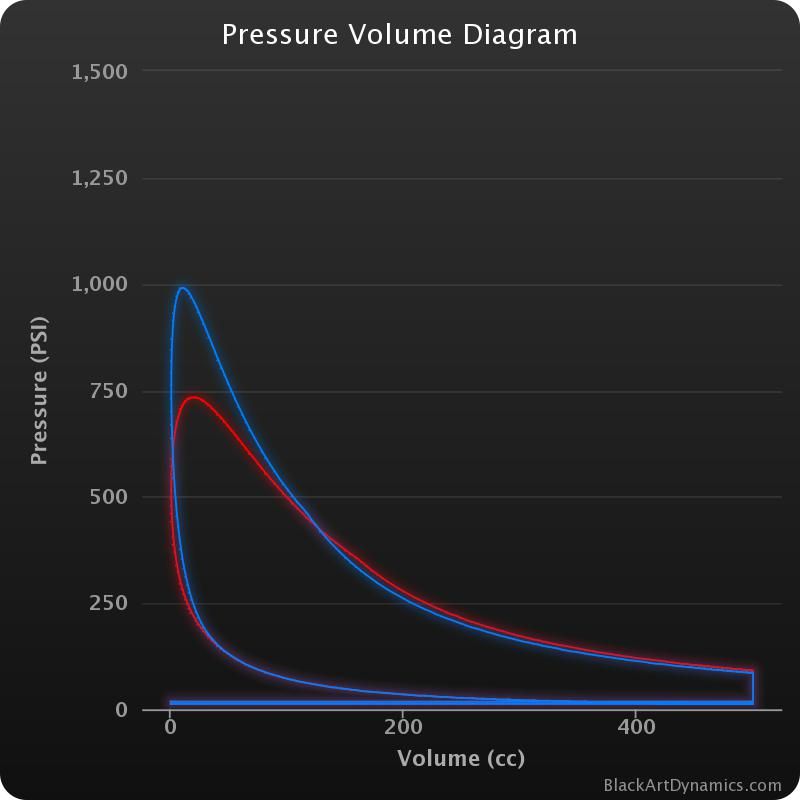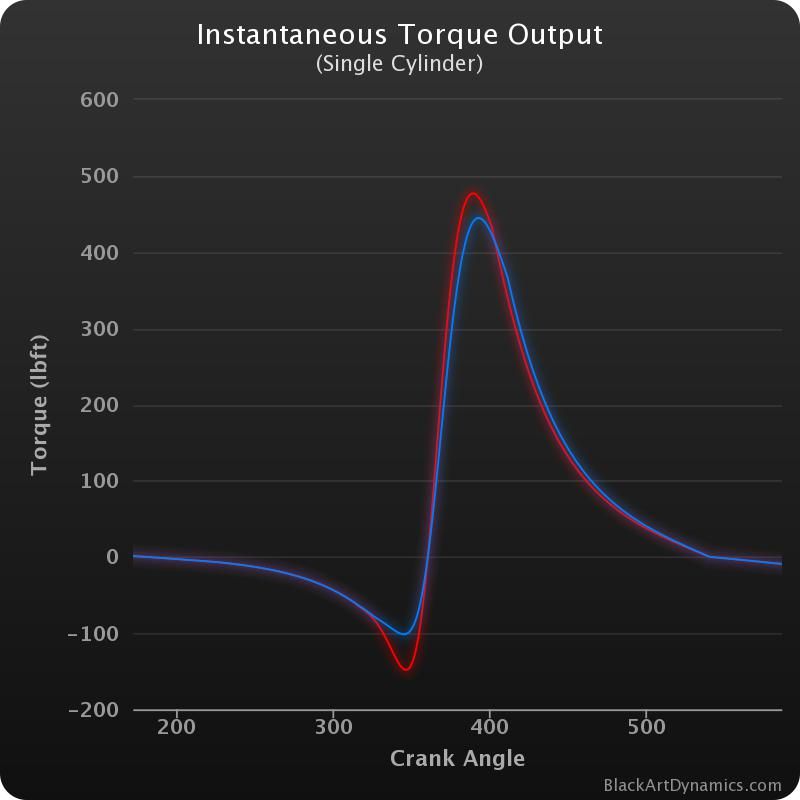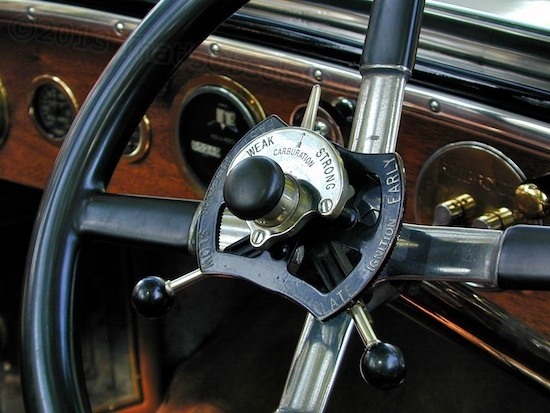Why does advancing ignition give extra power?
Discussion
Benrad said:
wormus said:
Google "minimum best timing" or MBT.
FYI MBT stands for Maximum Brake Torque to the best of my knowledge, i.e. it refers to the value of whatever setting you're talking about (timing, fuel quantity, valve event timing and duration etc) that will acheive maximum brake toque at that specific condition (engine speed, altitude, ambient temperature etc)AW111 said:
RobM77 said:
Ignition advance doesn't really interfere with the purity of driving though, does it? 
Almost all would agree, but it provides a useful data point when asking where you would draw the line.
Have a play with the ignition timing on this calculator: http://blackartdynamics.com/Engine/EngineThermodyn...
Keep an eye on that 'Instantaneous Torque' chart as you do so, you'll notice when you go too far, the negative torque starts equalling out the gain in positive torque, that's when you start losing power.
Keep an eye on that 'Instantaneous Torque' chart as you do so, you'll notice when you go too far, the negative torque starts equalling out the gain in positive torque, that's when you start losing power.
RobM77 said:
I think if one is talking about dynamic control of the car (ie driving) then requirements should focus on control, not mechanicals. A responsive drive by wire throttle, such as fitted to my Lotus 2-Eleven, is linear and responsive so I'm just as happy with it as I am a traditional cable. Ignition timing shouldn't alter response time, feedback or linearity so no, it doesn't matter either. If it was poorly set up and affected linearity though (which is possible), then yes, it would get in the way.
That is very much my line of thought too, providing the system is well implemented then it can increase your control and enjoyment of the car. When the early two channel abs systems first appeared they could not match the ultimate performance of a good driver. It may still be possible for a human to beat abs in certain conditions, however most of the time a modern system will increase control on the limit.
When it comes to stability control it is not so much that I want to turn it off, more that I want it unobtrusive.
A900ss said:
In simplistic terms, why does ignition advance give more power?
I don't want to know about detonation and ignition retard(yet), just why ignition advance gives more power.
Thanks
Because there is a delay between when the spark fires and when the fuel/air charge starts to burn most aggressively. I don't want to know about detonation and ignition retard(yet), just why ignition advance gives more power.
Thanks
Due to the laws of physics there is an optimum position for the crank to be at to get the most out of the charge burning period. 'Peak Mean Effective Pressure' I believe it is called, and it wants to be at it's best about 15 degrees after TDC, or somewhere in that vicinity.
Red, 25° timing, Blue 35° timing:
Torque output vs crank angle.

Pressure vs Volume Diagram:

Basically you place the pressure where it is most effectively turned into torque. Firing it earlier nets far higher pressures, but with a smaller effective crank radii there are diminishing returns, not to mention that the expanding gas on the upstroke is creating negative torque. You can see on the torque trace, that the increase in positive torque is more than the increase in negative torque, so there is a net increase. The balancing point is 'MBT'
Here it is taken too far, this time with the Red trace at 45° and the blue at 35°.

You see there that the increase in negative torque is now larger than the increase in positive torque, and so the net output drops. In this case the blue makes 148lbft and the red makes 145lbft.
Torque output vs crank angle.

Pressure vs Volume Diagram:

Basically you place the pressure where it is most effectively turned into torque. Firing it earlier nets far higher pressures, but with a smaller effective crank radii there are diminishing returns, not to mention that the expanding gas on the upstroke is creating negative torque. You can see on the torque trace, that the increase in positive torque is more than the increase in negative torque, so there is a net increase. The balancing point is 'MBT'
Here it is taken too far, this time with the Red trace at 45° and the blue at 35°.

You see there that the increase in negative torque is now larger than the increase in positive torque, and so the net output drops. In this case the blue makes 148lbft and the red makes 145lbft.
Edited by Kozy on Tuesday 5th November 15:44
Gassing Station | General Gassing | Top of Page | What's New | My Stuff



